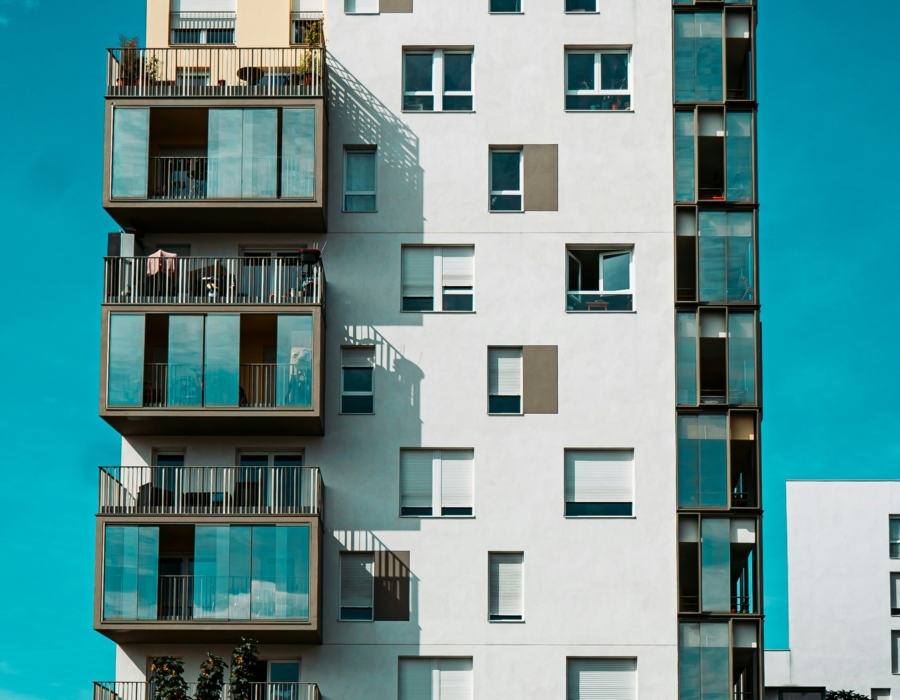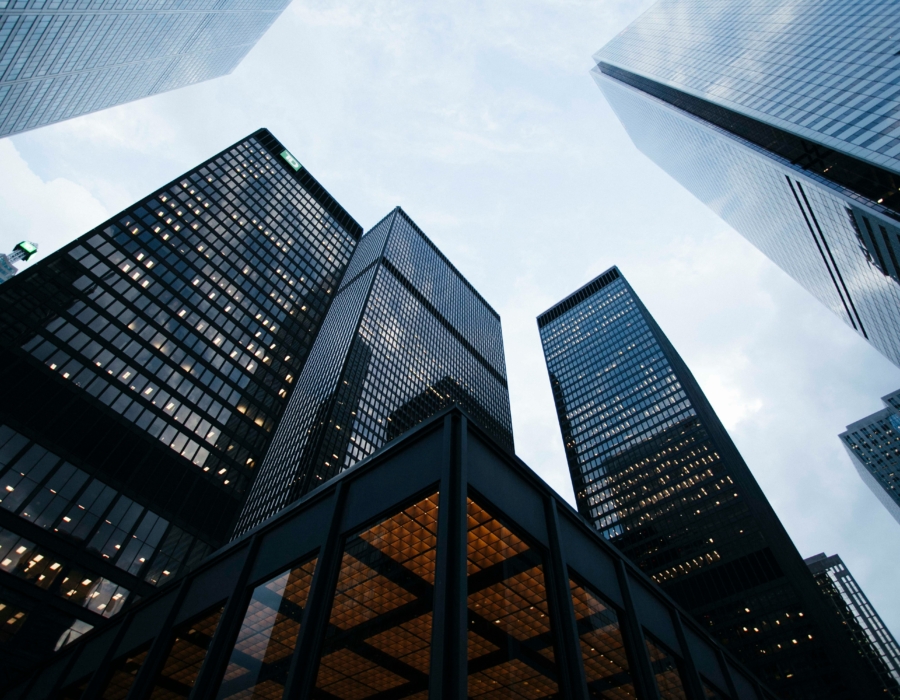Our industry is engaged in an important dialogue to improve sustainability through ESG transparency and industry collaboration. This article is a contribution to this larger conversation and does not necessarily reflect GRESB’s position.
The S. Sandwiched in the middle and sometimes overlooked. But with the real estate industry’s focus firmly centered on decarbonizing buildings and net zero – both vital objectives for our planet’s future – it is important not to forget about those inhabiting them and their surrounding communities.
However, social sustainability has often played second fiddle. Since the signing of the Paris Agreement in 2015, the end goal has been to keep global temperatures to 1.5°C below pre-industrial levels. A cynic might therefore argue that directing resources and capital towards initiatives which support this outcome should be the priority; and social initiatives, which don’t directly support the transition to a low-carbon economy, should be a ‘nice-to-have’. In simple terms: social progress won’t save the planet.
Alternatively, finance could explain the lack of focus on social initiatives. Sustainability Linked Loans (SLLs) have grown astronomically since their introduction in 2017. In September 2021, the total value of SLLs reached over US$322 billion. To measure the performance of sustainable investments, green certification schemes are often used as a benchmark. As a result, certifications such as Green Star and BREEAM (Building Research Establishment Environmental Assessment Method) are favored, given their encompassing assessment of ESG performance.
In reality, the answer to the ‘S’ undervaluation might be less cynical. Social outcomes are less tangible and therefore harder to quantify than carbon and energy reductions. Social elements are more qualitative which means the metrics and KPIs used to measure progress are often binary indicators, rather than numerical. This makes reporting on social initiatives, as well as comparing the progress of one organization to another’s, difficult.
But just because reporting on the social elements is more challenging, this does not mean we should disregard it all together. Social sustainability impacts our global civilization and local communities just as much as environmental sustainability and governance. Social indicators impact our health, our pay, our relationships, and our happiness. Whilst climate change’s consequences for human livelihoods, as well as for economic, financial, and political systems are well understood, it is important that we achieve this transition in a just and equitable manner. There is little point in a low-carbon world if we do not bring everybody with us and ensure the benefits are distributed equally. The same argument translates into buildings. There is not much appeal for a zero-emissions building that is not a nice place to work and has a detrimental impact on occupant health and well-being. Therefore, while a great deal of focus is often placed on the ‘E’ and the ‘G’, it is just as important to focus on the S.
This argument has been perfectly illustrated by Kate Raworth’s “Doughnut Economics” theory. This radical new proposition invites us to rethink classical economic theory, which has historically placed the goal of endless growth at the heart of all economic policy, disregarding the impact it might have on our planet. Instead, we should be focused on providing a basic level of rights and needs for all people – the social floor – while living within our environmental ceiling and not exceeding the Earth’s planetary boundaries. Bringing people out of the middle of the doughnut can be measured by our progress on social and governance parameters, while not exceeding the outer edges can be determined by our environmental impacts.
Buildings can play a huge part in helping us reach this optimal point. Buildings can foster social interactions and inclusivity, provide community engagement opportunities, and support a healthy and active lifestyle. As well as enhancing local communities, they can also be a source of clean, renewable energy and provide an opportunity for nature and ecosystems to thrive. With the built environment playing such an important role, it is important to distinguish the buildings which make meaningful contributions to environmental and social sustainability, from those that do not.
The Global Real Estate Sustainability Benchmark (GRESB) is a tool used for benchmarking progress made on ESG at both the building and organizational level. It is a holistic framework that includes a wide range of social indicators.
You can read more about the GRESB Real Estate Benchmark here.
At the organizational level, the Management component contains a ‘Stakeholder Engagement’ section which covers employees, the wider community, and diversity, equity and inclusion (DEI). GRESB incentivizes companies to conduct an employee satisfaction survey to gain feedback from their employees on the workplace and identify any grievances. They are also rewarded for integrating employee health and wellbeing measures into their business through monitoring and goals creation; or specific actions such as flexible working or enhanced maternity or paternity policies. Companies are also encouraged to disclose which DEI metrics they currently track across their organization, as well as providing statistics on employee diversity.
Organizations are also required to submit their policies relating to social issues such as modern slavery and child labor, as well as any details of current risk assessments undertaken of their supply chain, protecting global workers’ rights.
At the building level, GRESB assesses social indicators through the ‘Tenants & Community’ section for the Real Estate Assessment and a further ‘Stakeholder Engagement’ section for the Development Assessment. Both sections require respondents to submit data on tenant health and wellbeing measures, and to ensure the buildings actively cater to occupants’ needs. There are also additional indicators relating to community engagement, incentivizing portfolios to support and subsequently monitor local communities through employment creation, charitable events, and education opportunities.
However, as alluded to earlier, reporting on social progress is difficult and stakeholders have indicated they would like to see GRESB do more to distinguish outperformers, particularly when it comes to DEI and community impacts, which were ranked the fifth most important issue for investors and participants respectively. A drawback of such an expansive and holistic framework is that some of the qualitative indicators can not delve into too much detail without risking the assessment becoming too cumbersome. Therefore, it can be difficult to differentiate organizations with a truly robust approach to social sustainability from those who may only be paying lip service to it, developing GRESB-aligned policies and procedures with the goal of maximizing their scores.
This is why the new strategic partnership between GRESB and the International WELL Building Institute (IWBI) – who administer the WELL Building Standard – is one which will have a positive impact on the industry. There has been a dramatic increase in the amount of WELL-certified space in recent years. This has coincided with a shift towards supporting employee health and well-being in the aftermath of the COVID-19 pandemic.
The partnership’s goal is to advance social sustainability issues by developing resources to help organizations embed social aspects into their investments, producing a dashboard which utilizes data from both frameworks, while defining best practice for reporting on social outcomes.
The partnership brings together two frameworks which act as a counterpart to one another, helping organizations gain a complete understanding of their ESG progress. WELL is able to go into more detail on the social elements as it has been devised solely to focus on health, well-being, and social outcomes. Taking DEI as an example, in GRESB, respondents would simply select whether a DEI policy exists; whereas with WELL, the DEI policy is assessed based on its content, such as the inclusion of a wage equity policy, and therefore companies with more robust policies would score higher.
Similarly, for health and well-being metrics such as air quality, light levels, and thermal comfort, WELL has set thresholds for minimum performance to help assess a building’s overall performance. In addition, standalone concepts such as ‘Mind’ and ‘Community’ are dedicated to employee health and well-being and community impacts. Within these, WELL is able to cover a much broader depth of policy issues such as tobacco cessation, family leave, community immunization, and new mother support.
This partnership is still in its early stages, and we are yet to see the initial outputs. In the meantime, companies can start embedding social sustainability into their organization. First, they should develop a robust social strategy, placing DEI and employee well-being at the center. Staff salaries and benefits can sometimes constitute ninety percent of a company’s total costs and, therefore, investing in your people can generate massive ROIs through reduced absenteeism, increased productivity, and lower turnover.
Secondly, companies should seek opportunities to enhance the on-site social sustainability of their assets through initiatives such as charity events, community projects, or via a certification such as the WELL Building Standard. Not only will this increase occupant satisfaction, but it will also promote a greater sense of community in the surrounding area. Lastly, companies can ensure they are reducing equality on a global scale by engaging with their supply chain to reduce the likelihood of poor working conditions, forced labor, and improving opportunities for disadvantaged and vulnerable groups.
By implementing some of the above and focusing on the S as well as the E and the G, we can ensure the built environment helps contribute to developing a sustainable, low-carbon future that it is fair and just, with equal opportunities and access for all.
This article was written by Kieran Seal, ESG Consultant, CBRE.
Reference list
Walsh, David. “The Rise of Sustainability-Linked Loans in Commercial Real Estate.” CIM Group, accessed June 5, 2024.
Find out more about other industry insights.


